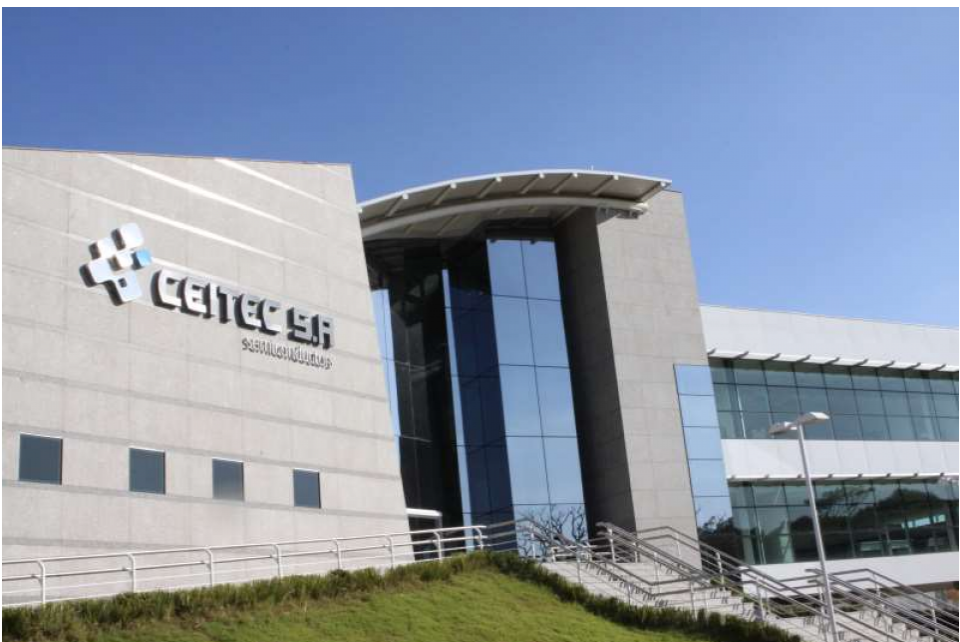RIO DE JANEIRO, BRAZIL – The pandemic caused by the new coronavirus (Covid-19) has caused a breakdown in the production chains worldwide, causing several factories to face shortages of raw materials and products. In Brazil and worldwide, one of the main components in shortage is the semiconductor chips, responsible for conducting electrical currents and used in smartphones, cars, and video games, for example.

Although the shortage is global, Brazil also faces an almost total dependence on foreign production. Therefore, the country’s industries cannot compensate or reverse the lack of these chips. According to Abisemi (Brazilian Semiconductor Industry Association), about 90% of the semiconductors used here are imported.
“Brazil represents about 2.5% of the US$470 billion world market. A great part of these products is imported since Abisemi serves only 10% of the Brazilian market. Therefore, 90% of the Brazilian market is imported. The dependence is considerable. This way, the companies suffer even more to guarantee the material or the prices”, said Rogério Nunes, president of Abisemi.
For the executive, besides the break in the supply chains caused by the lockdowns necessary to face the pandemic, there was also an increase in the consumption of products that use chips, such as computers and smartphones. Thus, with the dispute for semiconductors, Brazil was impacted and ended up at the end of the line, waiting for production.
“[The lack of chips] impacts Brazil’s competitiveness as well. There is a lack of these products because it is an industry that demands a long production time, close to four months. So, the ability to react to a sudden demand ends up generating an acquisition difficulty,” he said.
Taiwan and South Korea lead production
According to Audemir Loris, professor of engineering at Faap (a university in São Paulo), the great volume of chips produced comes from Asia, mainly Taiwan and South Korea.
“In Brazil, you can count on one hand the factories that can produce [the semiconductors]. Some are located in the region of Campinas (SP) and others in the south of the country. The great volume is Asian, with about 80% of the production concentrated in Asia, such as Taiwan, South Korea, etc.,” he said.
Brazilian state company should be extinguished
In Brazil, the main producer of semiconductors is Ceitec (National Center of Advanced Electronic Technology), a state-owned company linked to the Ministry of Science, Technology, and Innovation (MCTI), created in 2008 and located in Porto Alegre (RS). However, the company is in the process of liquidation, determined by the federal government.
The company is the only one in Latin America to produce sensors and integrated circuits in silicon. In addition, it also produces chips for logistical and asset identification, personal identification (passport chip), vehicle identification, and animal identification. Ceitec also develops cutting-edge research projects in the health area for early cancer detection and faster and cheaper exams.
According to the company, there has been an increase of 154% in production in the last two years. Despite the increase, the company is still dependent on the National Treasury, i.e., it needs funds from the Budget to pay for personnel and maintenance expenses. In 2018, the last year with available data, the company’s net worth was R$130 million, and the loss was R$7.6 million.
Normalization only at the end of the year
According to Loris, with few sites supplying the local demand, the normalization of chip supply should only occur in the second half of this year.
“The production chain of these high value-added products is extremely integrated; it is kind of ‘just in time’. Nobody keeps chip stock for more than one week of production to reduce costs and because of the risk of keeping this product in their inventory. So, at least until next year, we will feel this, and it should only start to normalize in the second half, at the end of this year,” he said.
What would be the way out?
For Audemir Loris, from Faap, to reduce external dependence, the country needs heavy investment in the sector, which, according to him, will be extremely important in the future.
“People talk about petroleum, but those who bet on chips will be better off in the global competition. We would have to have an investment in the industries and also encouragement from the country’s state and federal agencies, which would be fundamental for us to have enough technology and producers for national production,” he said.
“We even have large research centers where they project, but we don’t have industries with the capacity to produce this. The national production is still based on 600-nanometer technology. But the current technology in Taiwan, for example, is 6,000 [nanometers]. To reach this level, we would need a lot of investment, maybe even more than the volume we consume in chips,” added the professor.
Source: cnn brasil

